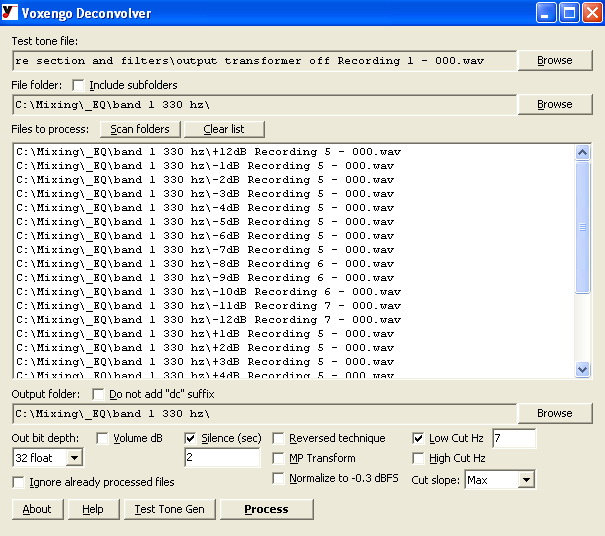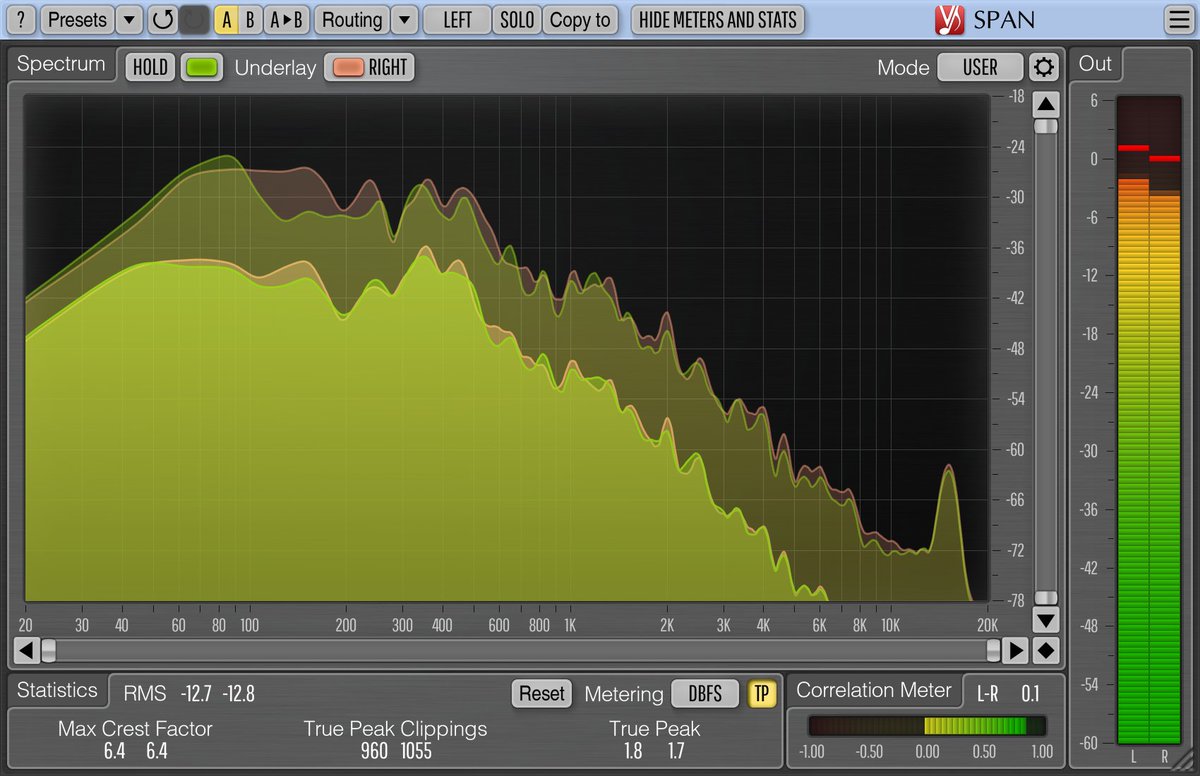
You should execute the downloaded setup file, select plug-in types you would like to install, and for VST plug-ins specify the VstPlugins folder location, the one which is connected with the audio application you are using and where this application expects VST plug-ins to reside (the "Voxengo" sub-folder will be also created there). At the same time, this puts a huge demand on the system memory: deconvolving a 25-second stereo file at 96 kHz may require up to 100 MB of memory.In order to install this product you will need to download its corresponding setup file to the computer you are planning to use this product on (Internet connection is not required for the product to function).įor VST, VST3, AAX plug-ins on Windows platform: Voxengo Deconvolver also offers a true mathematical FFT deconvolution which delivers 100% exact deconvolution. Secondly, it offers a very convenient environment in which to deconvolve large sets of recorded files. First of all, it supports almost all sample formats (bit-depths) of uncompressed mono/stereo WAV files. Voxengo Deconvolver overcomes these problems.


And alike, existing deconvolution programs and plug-ins support only the given sample rates and bit depths, and tend to offer a very poor quality deconvolution. Some convolution plug-ins tend to support only a small subset of available bit-depths. The other problem we may face is the input or the output bit-depth incompatibility of the recorded and the recovered files. This poses the difficulty of recovering the impulses conveniently and with minimal user effort. In many cases during some stage of the impulse capture, we typically have a rather large set of recorded test tones that were run through some device or mic'ed in some room.

This enables us to use the sound of high-end reverb units, real-world rooms, halls, cathedrals, synthetic reverbs and other sources, including non-reverb ones, without any hassle and in a uniform way using only a single program or a plug-in module.Īlthough there are many different sources of impulse responses, we also face the difficulties of acquiring these so they can be used seamlessly in any software environment. With convolution, we have an opportunity to capture the sound of anything in the world that can generate a reverb and use these sound impulses freely in any situation imaginable. "Recently, sampling (convolution) reverbs have become more and more in demand.


 0 kommentar(er)
0 kommentar(er)
